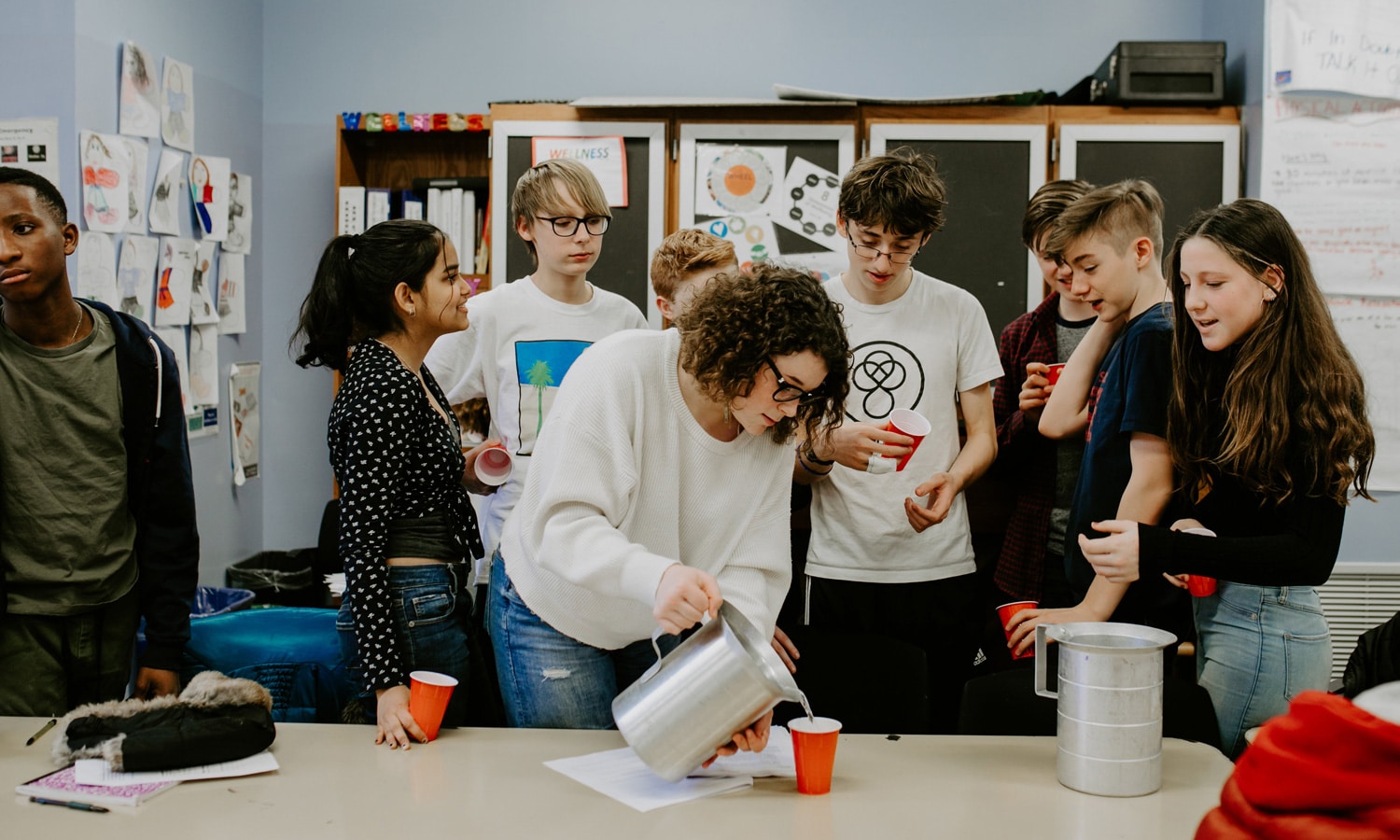
What about increased legal cannabis use among young people?
With 23 legal recreational states and 40 medical states, more parents are now worried that their kids will be able to get weed easier than ever before. It’s a completely natural reaction. After all, no mother or father wants to believe that progressive drug policies could harm their children and set them on the path to addiction. However, there was no change in prevalence use among teenagers.
Despite what some law enforcement, local health officials, and politicians might say on the subject, there is actually no evidence of increased use among youth in legal states. And surprisingly, in the first quarter of 2023, an impressive 72% of wellness seekers reported consuming less alcohol, a significant increase from 67% in mid-2021. However, it is the rise of cannabis as a preferred alcohol replacement that marks a significant trend
Federal health officials have collected data over the years that show this to be true. The Centers for Disease Control and Prevention and the National Institutes of Health say marijuana legalization has not led to an increase in youth use rates. At least that’s what authorities found in Colorado, Washington and Oregon, which were the first states to legalize recreational use. In some cases, legalization actually led to a decline in teen use rates.
But legalizing marijuana doesn’t guarantee that young people will be discouraged from experimenting with weed. We know this to be true by studying how teens consume alcohol even though it has been legal for decades.
Although both alcohol and marijuana laws require a person to be at least 21 years old to purchase legal products, that doesn’t stop highly motivated minors from purchasing them if they want.
RELATED: Study: You’re More Likely to Use Marijuana If Your Parents Did
National statistics show that almost 60% of teenagers have had at least one drink. Meanwhile, around 7 million of them under the age of 21 have had “a few sips” of alcohol in the past month. When it comes to marijuana, about 13% of the youth population uses it – legally or not. This is down a few points from 2002, before nationwide legalization took hold.
So does legalization actually lead to a decline in youth consumption?
Photo from rawpixel.com
Many other studies published over the years argue that this may be the case. A research group, specifically a 2019 study published in the Journal of Alcohol and Drug Studiesnotes that legalizing marijuana doesn’t appear to make it easier for kids to get weed.
RELATED: Another survey shows marijuana use among teens declining after legalization
“Between 2002 and 2015, we observed a 27% overall decline in the relative proportion of youth ages 12 to 17 and a 42% decline among youth ages 12 to 14 who reported it was “very easy.” was to get marijuana. This pattern was consistently observed among adolescents across sociodemographic subgroups. … Despite the legalization of recreational and medical marijuana in some states, our results suggest that … the perception that marijuana is very easy to obtain is declining among American youth.”
These results were also relatively consistent.
Last year, a report from the National Institutes of Health found that consumption rates among young people in Colorado have not increased since the retail cannabis market launched in 2014. In fact, the state is slightly below the national average. That means states like South Dakota and Montana, which only legalized in the November election, don’t have to worry about teens smoking weed.
Of course, just because national drug data shows promising results, parents shouldn’t take their hands off the wheel and hope for the best. Legal or not, proper education is the best way to prevent teens from experimenting with drugs and developing drug problems later in life. But rest assured, legalization will not make prevention any more difficult.

Post a comment: